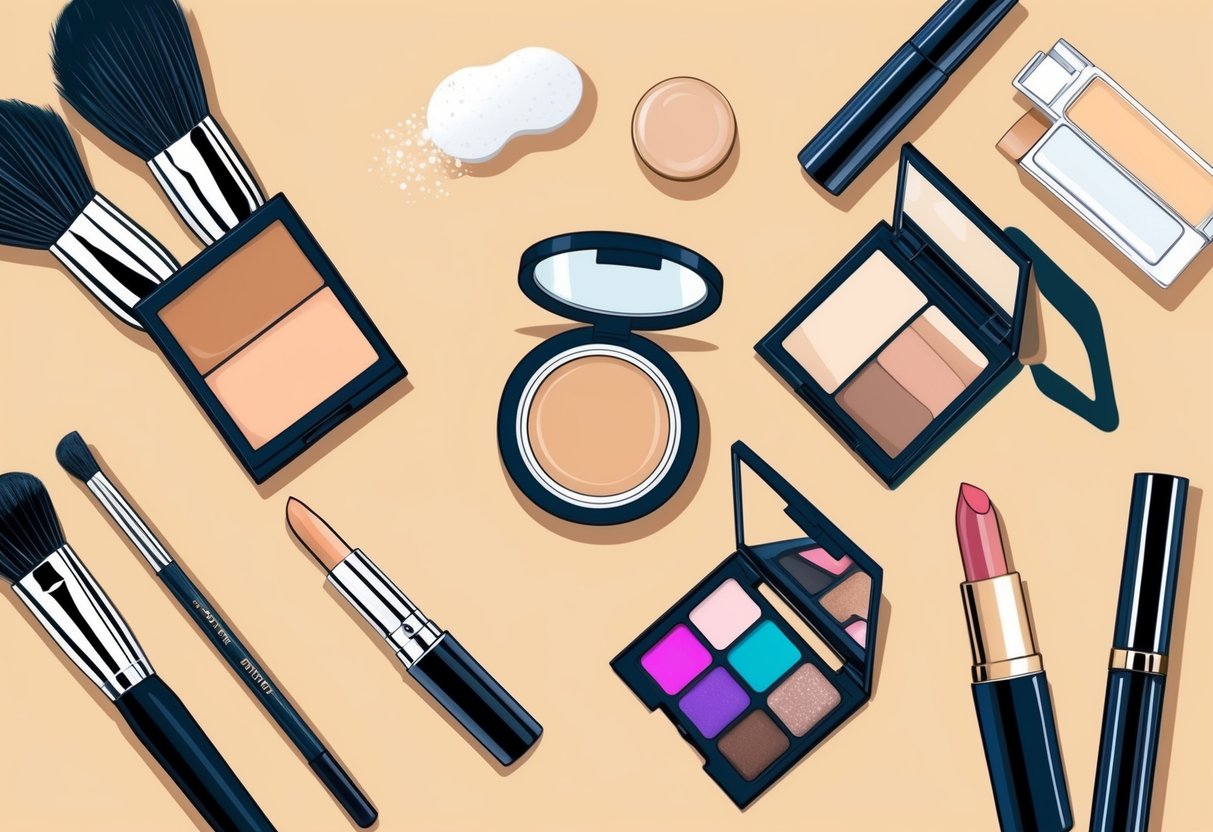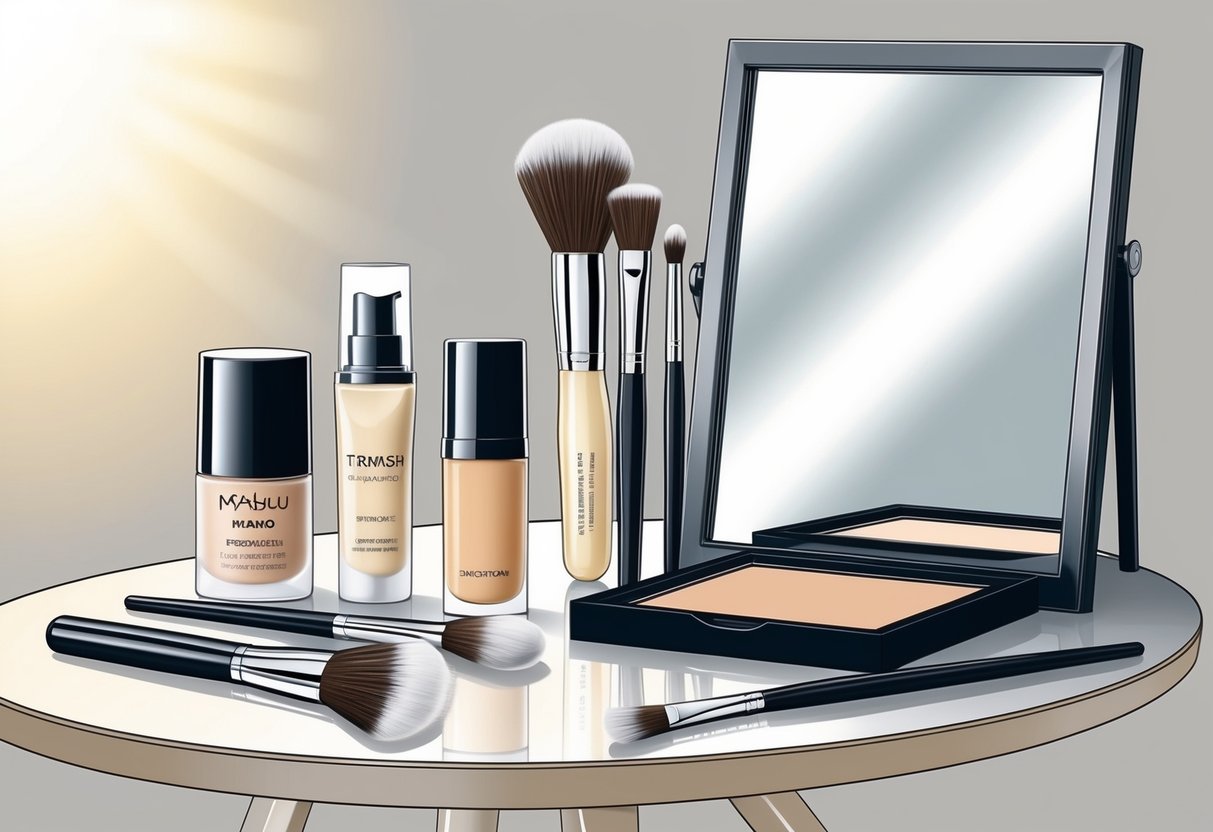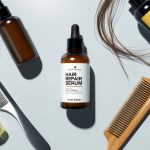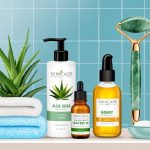Beginner’s Guide to Flawless Makeup Application: Step-by-Step Techniques and Tips
Must-Have Makeup Tools and Products

A flawless makeup look starts with the right makeup tools and carefully chosen products. Investing in quality essentials provides a smoother, easier application and helps beginners avoid common mistakes.
Essential Makeup Brushes and Beauty Sponges
For anyone new to makeup, a few core brushes make all the difference. A flat foundation brush or a dense buffing brush helps spread foundation evenly while minimizing streaks.
A fluffy powder brush is useful for setting makeup with loose or pressed powder. Eyeshadow brushes—a flat shader and a blending brush—allow for basic eyeshadow looks without harsh lines.
Beauty sponges are valued for their ability to blend liquid and cream products into the skin for a seamless finish. To get the most natural look, a damp beauty sponge can be gently bounced on the skin to blend foundation, concealer, and even cream blushes.
A simple kit might look like this:
| Tool | Use |
|---|---|
| Foundation Brush | Apply and blend base makeup |
| Powder Brush | Set foundation with powder |
| Blush/Contour Brush | Apply blush or bronzer |
| Eyeshadow Brushes | Apply and blend eyeshadow |
| Beauty Sponge | Blend liquids and creams |
Cleaning brushes and sponges regularly is critical to prevent skin irritation and product buildup.
Selecting the Right Makeup Products for Beginners
Choosing makeup products as a beginner can be overwhelming, but certain items are fundamental. A lightweight foundation or tinted moisturizer provides a natural base.
Concealer covers blemishes and under-eye circles for a brightened effect. Setting powder helps control shine and increases wear time.
For the eyes, a neutral eyeshadow palette and mascara offer versatility for day-to-night looks. Brow pencils or gels fill and shape brows with minimal effort.
A natural-toned blush and a subtle highlighter brighten the complexion, while a hydrating lip balm or a nude lipstick completes the look. Opt for formulas labeled as non-comedogenic or suitable for sensitive skin, especially if you are prone to breakouts.
When building a beginner kit, it helps to reference detailed guides such as this step-by-step makeup guide for beginners to ensure a well-rounded set of makeup products.
Priming the Face for Flawless Makeup

Proper priming is crucial for a smooth, long-lasting makeup routine. The ideal primer can minimize pores, boost hydration, and hold foundation in place even through long days or humid weather.
Choosing a Primer for Your Skin
Selecting the right primer depends on skin type and specific needs. Those with oily or combination skin benefit from a mattifying primer, as it helps control shine and keep makeup intact.
For dry skin, a hydrating primer with ingredients like hyaluronic acid can lock in moisture and create a plump, dewy base. Sensitive skin types should look for fragrance-free or hypoallergenic options to reduce irritation.
Color-correcting primers, available in green or peach tones, can address redness or dullness. Silicone-based formulas blur imperfections and fill fine lines, ideal for achieving a flawless look.
It’s helpful to apply a patch test with any new product to prevent adverse reactions. Review comprehensive primer guidance and application tips for more in-depth advice.
How to Apply All Nighter Face Primer
Begin with clean, moisturized skin. Squeeze a pea-sized amount of All Nighter Face Primer onto your fingertips.
Dab it onto the center of the face—forehead, nose, chin—and gently blend outward using your fingers or a makeup sponge. Focus on areas prone to oiliness, such as the T-zone.
Allow the primer to absorb for about one minute before moving on to foundation or other makeup steps. This wait time is essential for optimal adhesion and longevity.
For best results, pair All Nighter Face Primer with foundation in the same product line. This combination enhances staying power and creates a seamless base.
Pat gently instead of rubbing to maintain the skin’s natural texture and avoid disrupting moisturizer underneath. Find additional step-by-step instructions in professional makeup tutorials for beginners.
Mastering the Foundation Application
Choosing the right foundation, using correct techniques for application, and knowing how to blend are crucial steps. The right approach delivers a flawless look and sets the stage for the rest of one’s makeup routine.
Selecting the Best Foundation
Finding the best foundation begins with identifying skin type and undertones. Oily skin often benefits from oil-free, matte formulas, while dry skin suits hydrating or dewy foundations.
Undertone, whether cool, warm, or neutral, determines which shade will blend seamlessly. It is helpful to test shades along the jawline in natural light.
The right match should seem invisible on the skin. Texture, coverage, and longevity are also important.
Those wanting everyday wear may choose lightweight options. Special occasions might call for full coverage.
Many turn to Clinique’s tips for foundation selection, which stress that good skincare and prepping the face can help foundation perform better.
Tips for Liquid Foundation
Liquid foundation is popular for its flexibility and ease of use. Start with clean, moisturized skin, using a primer if needed for extra longevity or smoother texture.
Dispense a small amount of product onto the back of the hand. Use a brush, sponge, or fingers to apply.
For even coverage, dot the foundation across the face—on the forehead, cheeks, nose, and chin—before blending outward in short strokes. Build coverage gradually to avoid a cakey look.
Consider choosing formulas that fit specific skin needs, such as brightening or mattifying liquids. For additional technique recommendations, see this quick beginner makeup tutorial that walks through foundation steps.
Building Full Coverage Foundation
To achieve a full coverage foundation look, start with a buildable formula labeled “full coverage” or “high pigment.” Even with these products, layering lightly is essential.
Begin with one thin layer and wait a few seconds for it to set. Add more foundation where needed, especially on problem areas like redness or blemishes.
Use a dense foundation brush or a damp beauty sponge to press the product gently into the skin. Avoid heavy strokes, which can disrupt the underlying layers.
When additional coverage is needed, spot conceal using a matching concealer. This prevents an overdone finish and keeps the skin looking as natural as possible.
Blending for a Flawless Look
Blending affects the overall finish more than any other step. Use a damp makeup sponge or a soft synthetic brush for best results.
Buff foundation into the skin in circular motions to avoid lines and streaks. Take care around the hairline, jawline, and nostrils—these are spots where foundation often settles or becomes uneven.
Tap away excess product and check in daylight to ensure seamless blending. Make sure to extend foundation slightly under the jaw and down the neck for a unified color.
A quick setting with translucent powder or a light mist of setting spray can help lock in the flawless look, ensuring long-lasting wear.



